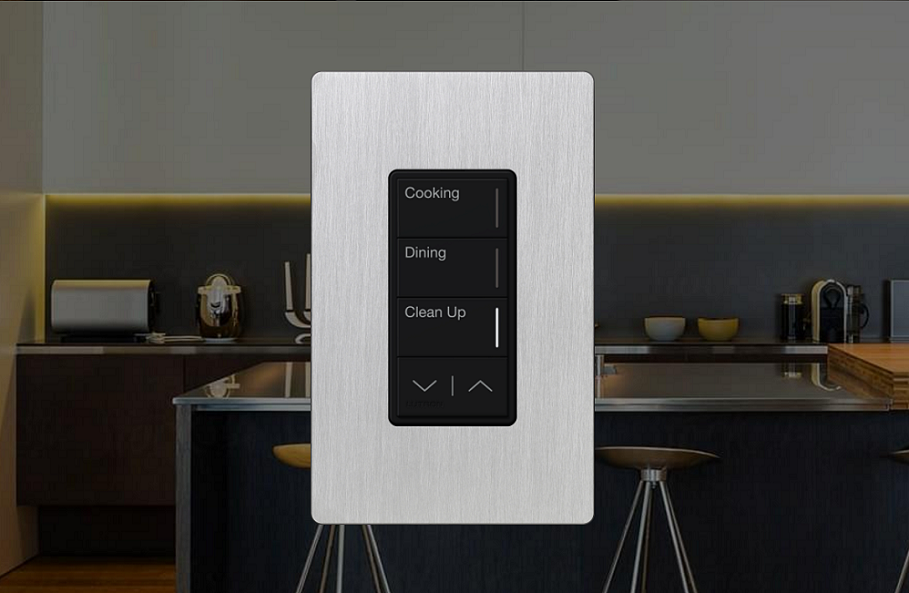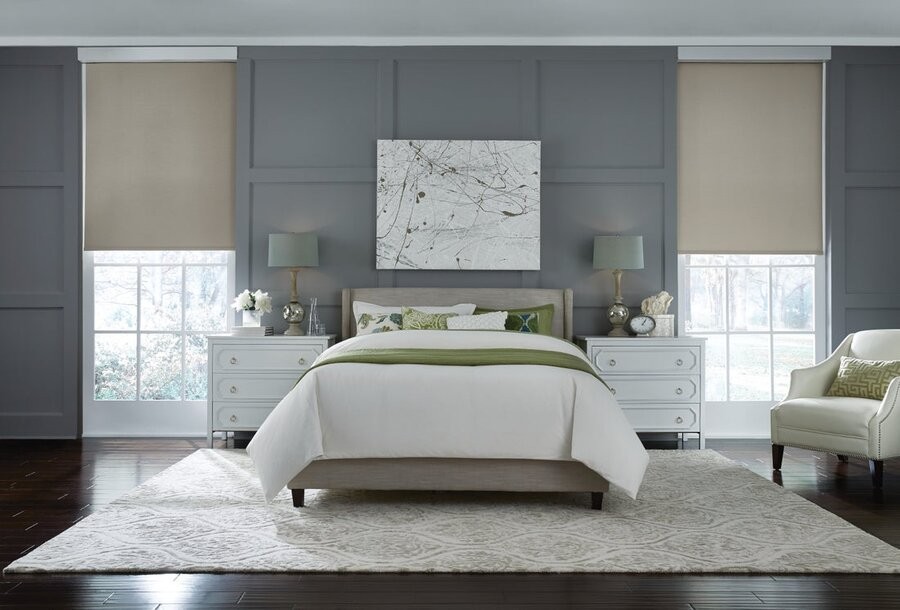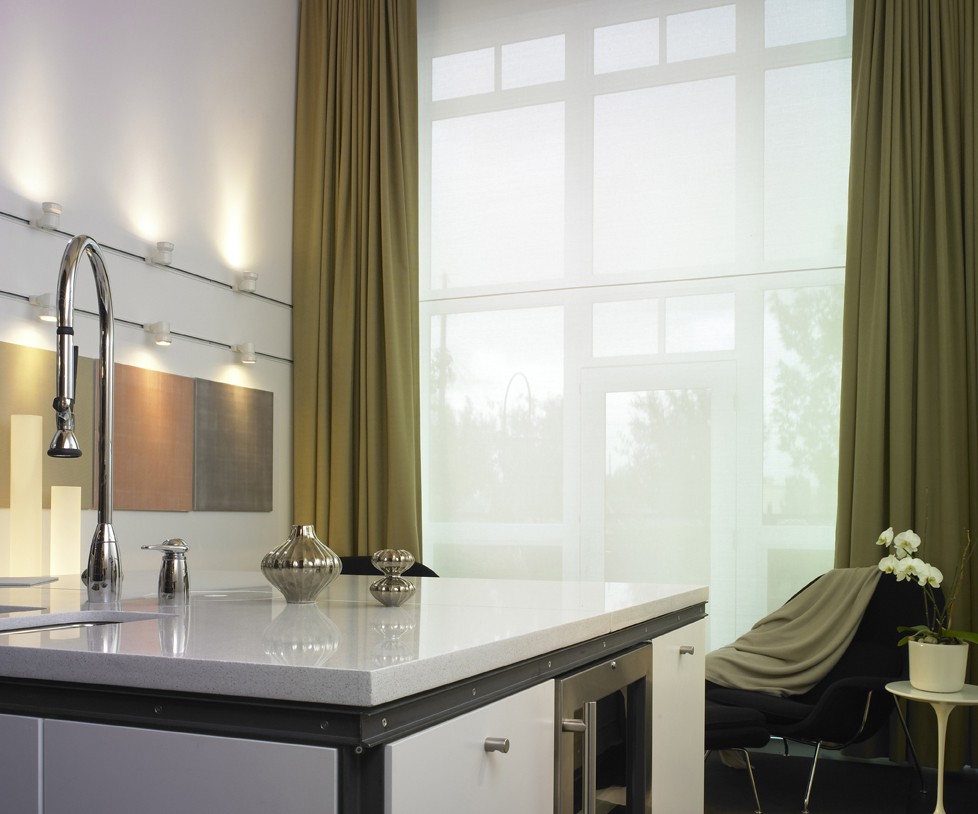In previous blogs, we’ve discussed how lighting automation can save a significant sum each month, especially when you incorporate some low-voltage wiring and occupancy sensors. For example, today’s shift to LED lighting has slashed energy costs nearly in half.
This month, we’ll focus more on employees and how lighting ties into their job satisfaction and performance. When surveyed by the American Society of Interior Design, most employees voiced dissatisfaction with their office’s lighting. Corporate lighting is often static and fluorescent, but there is an alternative. We’ve found that human-centric lighting, like the Lutron solutions we’ll describe here, improves morale and productivity, assets which can, in turn, affect your Dallas, TX, business’s bottom line. Keep reading to learn how lighting could provide a health benefit to your staff.
SEE ALSO: How Lighting Control Makes Your Conference Room Smarter
Lighting, With People in Mind
Human bodies crave varying lighting brightness and tone during different times of day, corresponding to the sun’s rise and fall. The problem? We spend about 90% of our days inside. As a result, we’re shut off from the illumination that we need to power through our tasks throughout the day, sleep well at night; then wake up and repeat. How can you break the vicious cycle and get your employees’ health back on track?
Why Timing Matters
Often, employees talk about office lighting in terms of feeling “unnatural,” even if they’re not sure why. Corporate lighting’s tone and brilliance usually doesn’t correspond to the time of day. Your staff might notice these affects as mood problems at first, including irritability and sluggishness.











